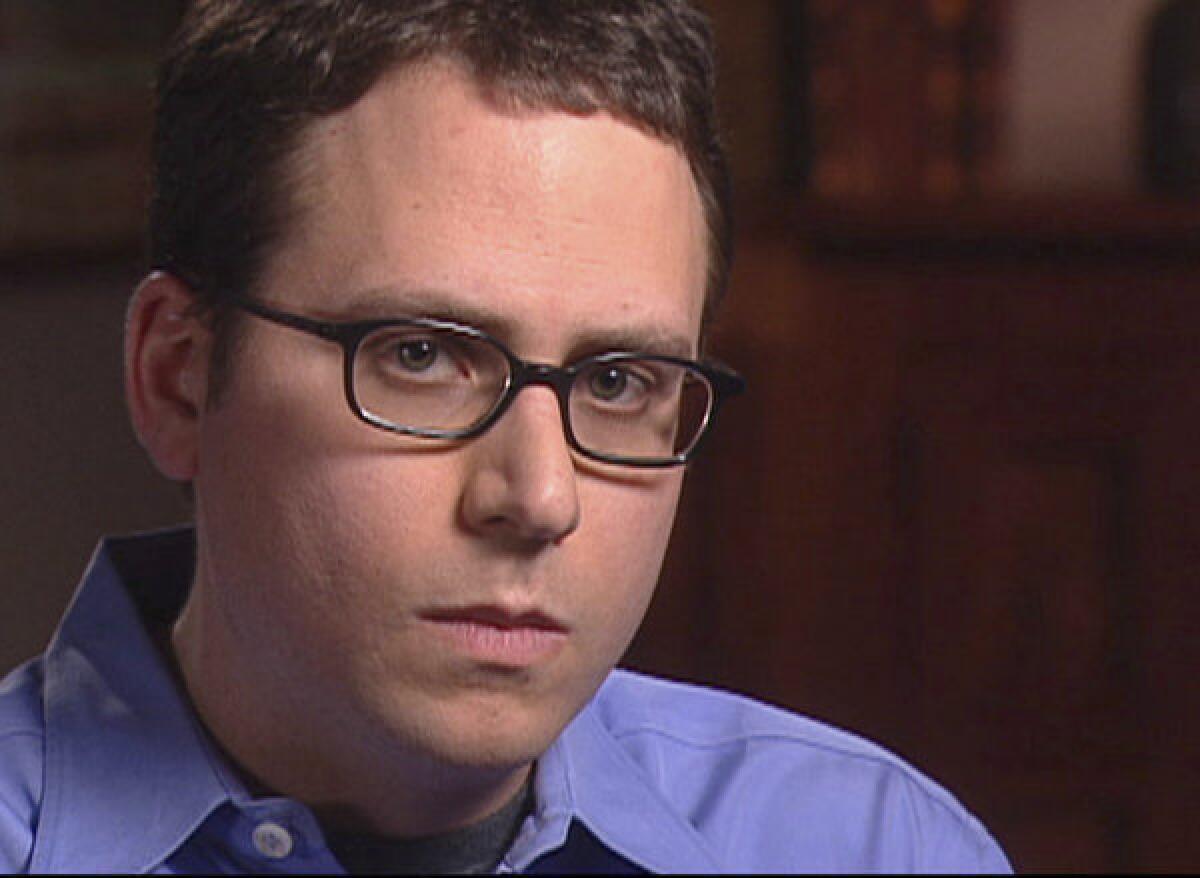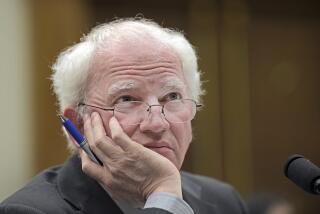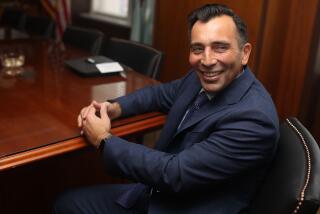When lawyers go bad

Last month the California Supreme Court denied disgraced journalist and serial confabulist Stephen Glass admission to the state bar. That decision has drawn attention to a topic that usually commands very little: what it takes, ethically speaking, to be a lawyer.
Lawyers are supposed to live and die by a number of hard-and-fast ethical rules. Every jurisdiction in the country holds lawyers to some version of the Model Rules of Professional Conduct, and if they fail in that, the theoretical result is disbarment — “the death penalty,” in lawyer lingo.
But here’s the thing: The bad stuff Glass did, which makes the California Supreme Court reach for the smelling salts at the prospect of his joining the legal club, pales in comparison to activity that routinely fails to get members of that club booted out.
There are few things harder to accomplish in the U.S. than getting disbarred. According to a study conducted by the American Bar Assn., 1,046 lawyers were disbarred in 2011 — that’s less than 0.08% of the 1.27 million total practicing attorneys in the United States. That phenomenally low percentage reflects the courts’ general reluctance to bring down the hammer, even when lawyers intentionally harm their clients, a cardinal sin under the Model Rules.
In Virginia in 2003, Andrea C. Long failed to meet the deadline to file notice of a habeas corpus appeal for a client sentenced to serve more than 30 years for murder. She wrote to her by-then-incarcerated client: “I can’t help but believe that whatever happened with the stamping of the wrong date on your petition had to be the work of God since it was no fault of yours or mine.” There’s no public record of Long being sanctioned for this conduct, let alone disbarred.
Disbarment is relatively rare even in California, which takes a tougher stance on attorney misconduct than most other jurisdictions. In 2011, California publicly sanctioned 944 lawyers, more than any other state in absolute terms and the second most as a percentage of total attorneys with active licenses. But of those lawyers, only 273 were actually disbarred.
Comparing the behavior of the remaining 671 with Glass’ offers an interesting window into what sort of misconduct is really beyond the ethical pale for a California lawyer.
Keep in mind a few things about Glass. As emphasized by the state Supreme Court, he fabricated material for more than 40 published articles between 1996 and 1998, portrayed mean-spirited fictions as truth, and he could have done more to make amends. But his misconduct, egregious though it was, did not involve a client he was paid to defend.
Is all of that really worse than the case of California lawyer Cyrus John Nownejad? In 2011, Nownejad was found culpable of multiple ethical violations over a span of three years, including financially exploiting a vulnerable client, abandoning another client and lying to the court about his conduct. Nownejad’s law license was taken away for two years, he was required to make restitution and to prove his rehabilitation; he wasn’t disbarred.
Similarly, Gene Paul Borré filed for extensions in the case of an incarcerated client, ultimately abandoning the client’s criminal appeal and then fabricating an exculpatory letter after the client filed a complaint with the state bar. Instead of disbarring him, the California Supreme Court suspended him for two years, with five years’ probation. Today Borré is again an active member of the bar.
Even when disbarment happens, it doesn’t always mean “the death penalty.” In most states, including California, disbarment is not necessarily permanent. Reinstatement is not the norm, but it’s not infrequent either, and often takes place after a period of rehabilitation much shorter than Glass’ time in the wilderness. Arthur Theodore Hindin was disbarred in 1998 after, among other sins, abandoning two clients and failing to competently represent 12 others; in 14 out of 18 misconduct cases, he also failed to cooperate with the state bar’s investigation. Hindin was granted readmission to the State Bar in 2004.
In its opinion, the California Supreme Court justified its permanent rejection of Glass — and its conflation of bad journalism with potential bad lawyering — by noting that it “routinely consults its disciplinary cases in deciding whether applicants for admission possess, at the outset, the requisite moral character.” That was bad news for Glass because the California courts regularly claim that one critical purpose of attorney discipline is “to preserve public confidence in the profession.”
In other words, the courts are invested not only in justice itself but also in the perception that the system is just. In Glass’ case, it is hard to escape the conclusion that his notoriety, and the public perception of it, sealed his fate.
The evidence suggests that Glass was held to a higher standard than the court applies to attorneys who have manifestly let down their clients and the legal system. In his case, infamy mattered, whether or not he had turned a new leaf. After all, a worse reputation is the last thing the legal profession needs — or, according to the California Supreme Court, it should be expected to tolerate.
Jane Chong is a third-year student at Yale Law School.
More to Read
A cure for the common opinion
Get thought-provoking perspectives with our weekly newsletter.
You may occasionally receive promotional content from the Los Angeles Times.






